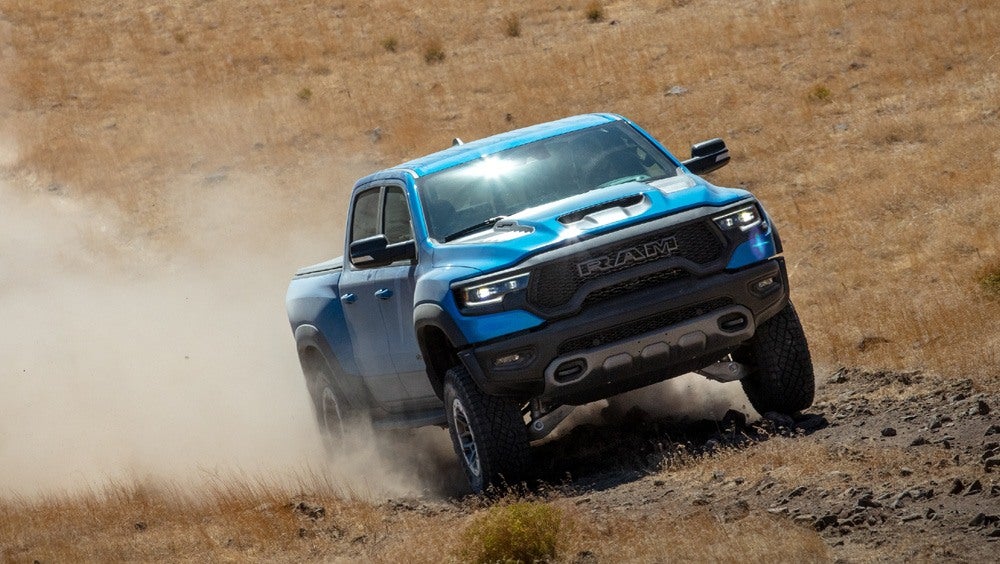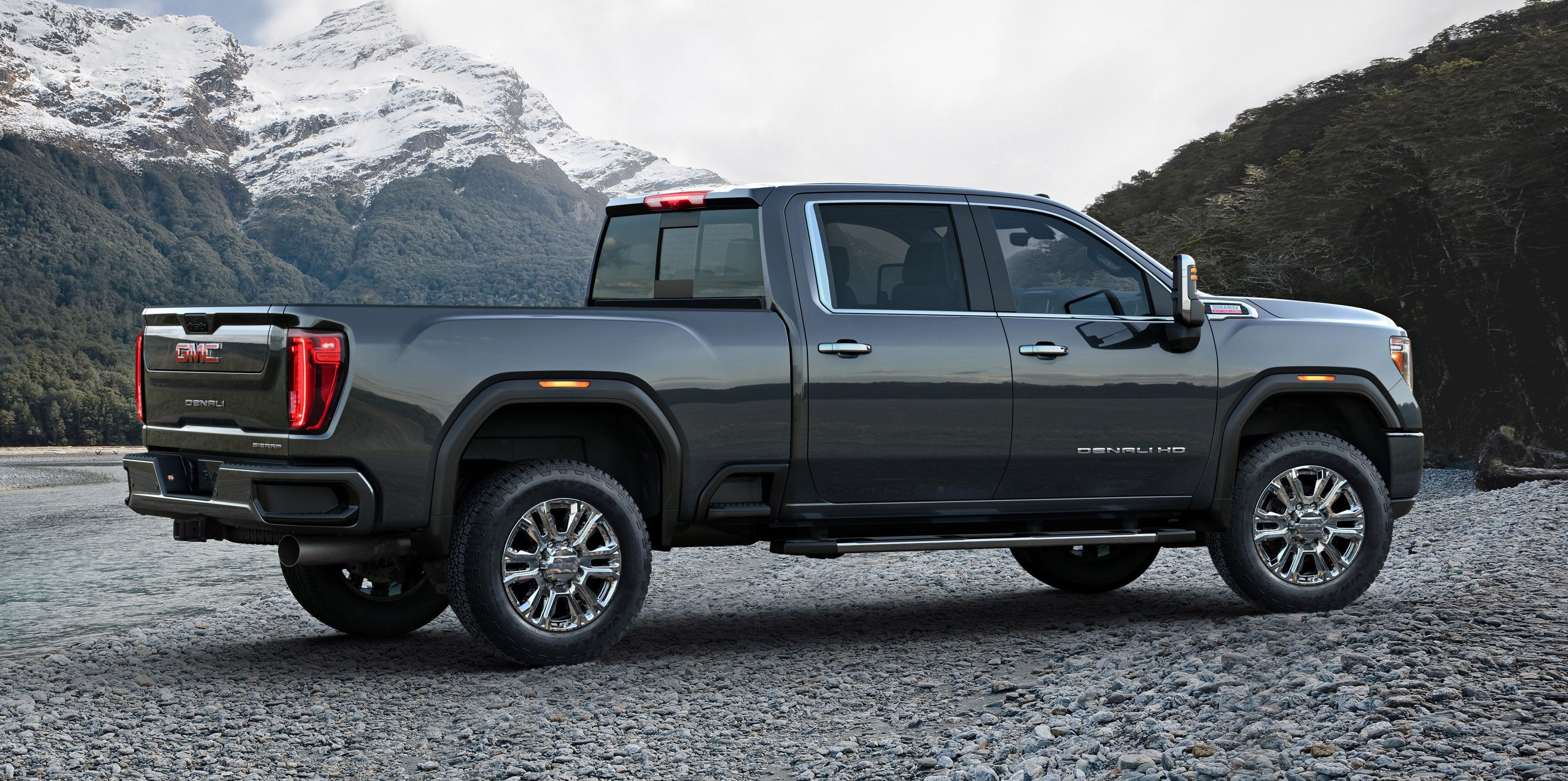Discover why upgrading to a truck camper transformed our adventure experiences—from overland trips in a 4Runner to the convenience of a Four-Wheel Camper!
For the past few years, my adventure vehicles of choice have been a mid-travel 4Runner and a long-travel Tacoma. We used the SUV for overland and bike adventures and the truck for moto camping (and hood rat desert things). After nearly a decade of packing the truck to the brim, we decided to purchase a small enclosed trailer that we converted into a frumpy toy hauler.

This trailer has been fantastic for keeping our gear safe during road trips and keeping us dry. However, it had major drawbacks. The biggest was setup and teardown. Setting up our sleeping area required unloading all our gear and building the sleeping platform.
We camp a lot, and I wanted to be able to park, crawl inside, and go to sleep after a long drive. While we could have accomplished that with a GFC or an RTT, it would have added extra weight to my ‘tiny’ truck. And if we’re being absolutely honest with each other, I also wanted more creature comforts. I was tired of setting up the camp stove, fiddling with the propane, and refilling giant water jugs. A bit bougie? Maybe.
Related: The Best Overland Gear For Exploring The Outdoors
None of those things prevented me from camping. They never dampened my enthusiasm for dumb adventures, but they ate up time—lots and lots of time. If you can afford it, why not spend the money so you can spend more time doing what you love?

How We Picked
We started by defining our priorities: a ready-to-use bed, a heater, a stove, and a fridge. We often pull into campgrounds late, so we wanted a bed we could just crawl into. Waking up freezing in the middle of the night was miserable, so a propane or diesel heater became a must-have.
I also wanted to roll out of bed and boil water easily, make great meals with fresh ingredients, and never deal with soggy food at the bottom of the cooler again. I wanted space to sit inside and weather a storm (or work remotely from some epic riding destination), stand up, change easily, and rinse off after a hot, dusty day without dealing with a solar bag or pressurizing a PVC tube.
Related: How To Build A Camping Trailer
Initially, we considered replacing our trailer with a toy hauler, but the options are limited if you want something smaller than the Australian continent. And we really only need the trailer for dirt bikes. For most of our adventures, towing a trailer would be a pain.
This led us to the truck camper. While many folks have paired a lightweight camper with a Tacoma, we knew our truck would be at its limits with a camper plus a trailer. We would be more than maxing out the payload and GVWR.

To Half-Ton or Three-Quarter-Ton
A lightweight camper typically weighs around 1,000 pounds dry, while most lightweight hard-sided campers with amenities weigh double that. Modern half-ton trucks have impressive payloads. Depending on the configuration, most will easily accommodate 1,800 lbs in the bed.
What most folks don’t factor into their calculations is that campers are weighed dry. For example, a Four Wheel Camper Hawk has a 20-gallon water tank. Water weighs 8 lbs per gallon, so that’s another 160 lbs. Start factoring in your cooking gear, camp chairs, the 200 W of solar you plan to add to the roof, your e-bikes (don’t forget the bike rack!), and that 18-pack of Coors Light, and you’re probably getting close to exceeding the payload.

And I’d be remiss if I didn’t mention GVWR (Gross Vehicle Weight Rating). This is the maximum allowable weight of a fully loaded vehicle including passengers and cargo. Exceeding this weight rating can lead to premature suspension failure, reduced braking ability, and you could face criminal charges (including manslaughter) if you get into an accident.
If you’ve made it this far, you’re probably sensing a bias… Let’s just say I’d rather be in the middle of my truck’s capabilities than bumping up against the limits. That said, I don’t own a half-ton truck I’m head over heels with. If I did, I’d probably consider alternatives, like swapping out the rear leaf pack, adding airbags, or upgrading my brakes.
Since we were starting from scratch, we wanted the benefits of a bigger truck. Another factor that pushed us to a three-quarter-ton truck was our desire to tow. Tongue weight is typically 10-15% of the total trailer weight, and our trailer loaded with toys is about 3,000 lbs.
Also, controversial opinion here, but have you driven a brand-new half-ton pickup lately? They’re massive. They’re so large, they now drive a lot like their 2500 equivalents.

Gas Versus Diesel
After we settled on our platform, the next debate was between gas and diesel. Diesel engines are better in every single way. They boast more torque and better fuel economy, but modern diesels are complicated. There are a lot more things that can fail, and when they do, it’s eye-wateringly expensive.
In California, diesel prices often match or exceed those of gasoline, and while diesel might offer slightly better mileage, the cost of routine maintenance is higher. Since we prioritize reliability and aren’t planning to tow a ginormous trailer, we decided on a gas engine. Even though we knew it would probably eke out only 11 MPG while carrying a small studio in the bed.
And most importantly, that’s what my partner wanted. Since he comes from a GM family and I don’t feel nearly as strongly about it (that’s not entirely true, I wanted an older diesel manual RAM…but the prices are absurd), we began searching for a 6.0.

The Camper
Having driven high-top vans in remote areas for work, I know they can be a handful on dirt roads or when the wind picks up. This steered us toward a pop-top camper, which offers a lower center of gravity, better gas mileage, and less wind noise.
We also prefer to boondock. I like to drive down remote forest roads and find secluded camping spots, far away from the sounds of generators. When I’m camping, I want to spend every moment outside. The camper is for cooking, avoiding bugs, and sleeping.
While popping the top every time isn’t exactly convenient, the benefits—like easier handling, a lower center of gravity, and access to untouched locales—seem to outweigh the hassle.

The Hunt for Red October
So, we determined we needed a 6.0 gas GMC from 2015-2019 with a 4×4 package, ideally with heated seats and an 8 ft bed. And it couldn’t be work truck white. I didn’t care about the color, but my partner had strong feelings—very strong feelings. And, as I keep telling myself, relationships are about compromise.
Ryan was also tired of ‘maintaining’ both our trucks, which is upsetting since I’ve done most of the work on my Tacoma. He was adamant we get something with low miles, and I was adamant about staying on budget. So, we waited. And waited. And then it popped up.

A couple in New Mexico was selling a 2015 Chevy 2500 with sub-30k miles, a 6.5’ bed, Z71 4×4 package, and a factory-installed Four Wheel Camper Hawk. It didn’t have heated seats or an 8ft bed, but was otherwise exactly what we wanted. It came in a beautiful dusty blue color. We exchanged messages, had a phone call, and booked flights to NM.
And so, we have our new-to-us Adventure Rig. Stay tuned as we begin our journey to fully customize this thing.
